As this blog post has been delayed because I took a trip to Rome, I thought it only fair I return to writing with a Rome-themed post, and as the Colosseum is so emblematic of Rome and the Roman Empire, I thought it fitting. The Colosseum fits my theme of “Ancient Wonders” as although it wasn’t on any of the Ancient travel lists to make it into one of the Seven Wonders, it is certainly a beautiful piece of architecture, and one that has lasted the test of time.
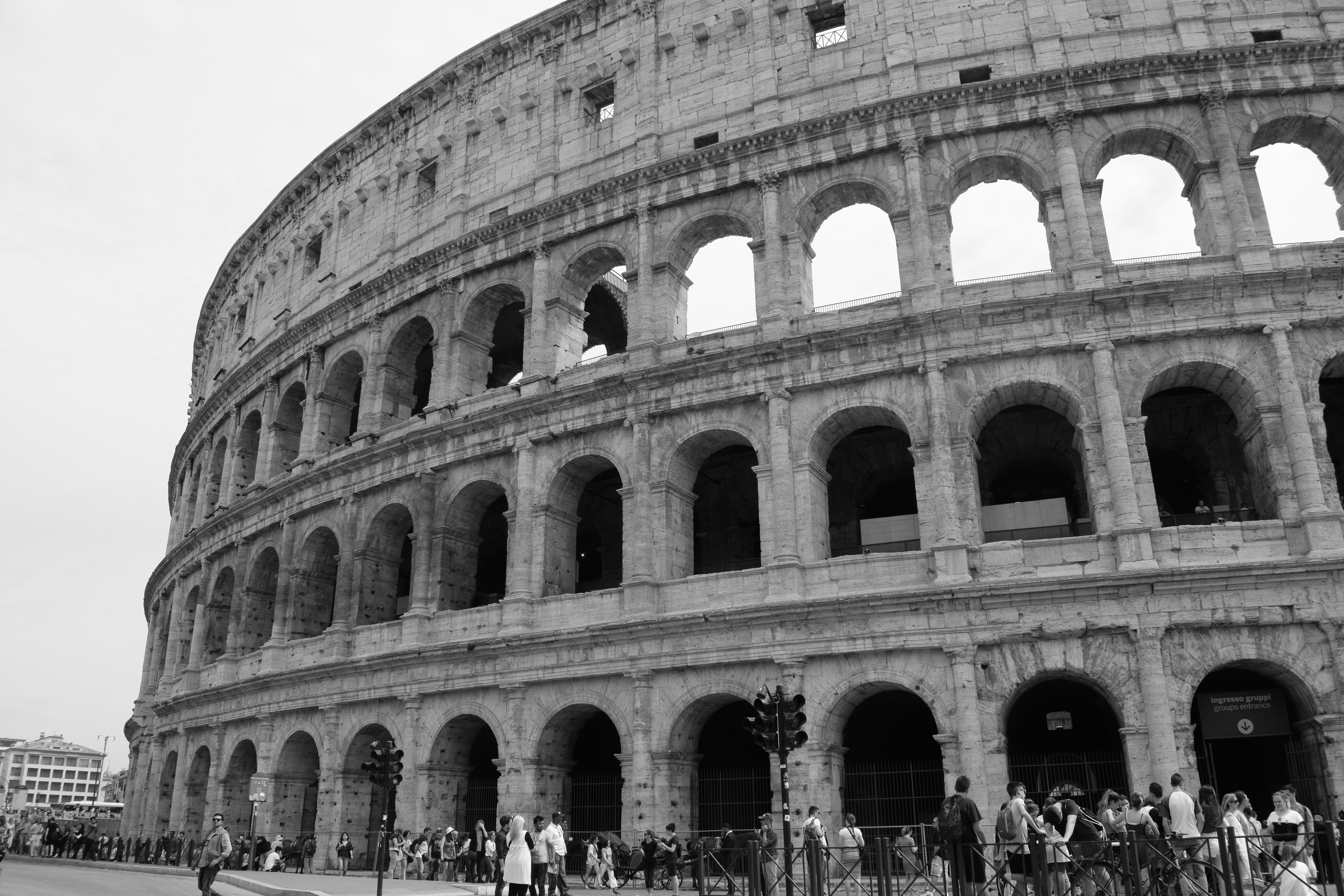
Photograph my own.
Located near to the old Roman Forum, construction on the Colosseum began in 72 AD under the Emperor Vespasian, and was completed in 80 AD by his heir, Titus. Vespasian planned the Colosseum to be a gift to the Roman people, as it was on land that the hated Emperor Nero had built an enormous palace for himself. The Colosseum was fairly unique for Roman planning, as whilst most amphitheatres were located on the outskirts of a city, the Colosseum was constructed in the city centre, making it the heart of Rome. Moreover, whilst most early amphitheatres were dug into hillsides to provide support, the Colosseum was a freestanding structure. The funding for the project came from money and treasure taken from the Jewish Temple after the Great Jewish Revolt in 70 AD, and many of an estimated 100,000 Jewish prisoners who were brought to Rome after the Siege of Jerusalem were used to help build it.
Whilst slaves and prisoners did the bulk of the difficult manual labour, the Colosseum wasn’t going to be a shoddy affair, and professional Roman builders, engineers, artists and decorators were hired to make the building impressive and built to last. The finished structure was 189 metres long, 156 metres wide, with a base area of 24,000 square metres. The central arena was an oval 87 metres long and 55 metres wide, with a 5m high wall before the tiers of seating began. The outer wall is estimated to have required over 100,000 cubic metres of stone, and interestingly mortar was not used to set the stones, and instead 300 tonnes of iron clamps were used. This adds to impressive numbers, and was why the Colosseum was able to hold a huge crowd: it is estimated it could hold between 50,000 and 80,000 spectators, with an average audience of 65,000 people.
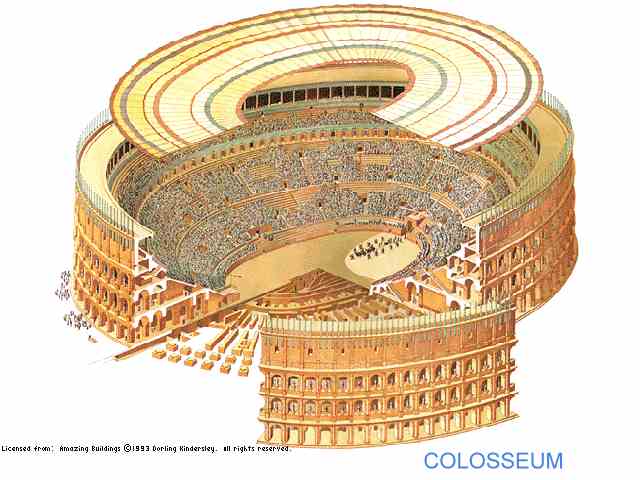
How the structure of the Colosseum would have been in Roman times. Pinterest.
The Colosseum was used for a variety of public spectacles, most famously for gladiatorial contests, but also for mock sea battles, animal hunts, executions, dramas and re-enactments. When entering, spectators were given pottery shards as their tickets, which told them which section and row they sat in. The more wealthy and higher status you were, the closer to the arena you sat. The best seats in the house were reserved for the Emperor and the Vestal Virgins, closely followed by the senatorial class who were allowed to bring their own chairs for comfort. Interestingly, whilst even slaves were allowed access to the very top of the building, some groups were banned altogether from the Colosseum, including actors and former gladiators.
If you visit the Colosseum today, you will see that the original floor is gone, and an elaborate underground structure of tunnels and cells is visible. This was not part of the original construction, but was built during the rule of Emperor Domitian (AD 81 – 96). This two-level network was where gladiators and animals were held before contests. There were 80 shafts which provided access to the arena for the caged animals and scenery pieces, with larger hinged platforms for large animals such as elephants. Tunnels connected this underground network (the hypogeum) with stables and barracks outside the Colosseum. There were also special, separate, tunnels for the Emperor and Vestal Virgins to gain entry without having to pass through the crowds. In the early days of the Colosseum, there were major hydraulic mechanisms which allowed rapid flooding of the arena, and this enabled the staging of naval battles for entertainment. However, when Domitian ordered the construction of the hypogeum, this ended the naval battles and flooding.
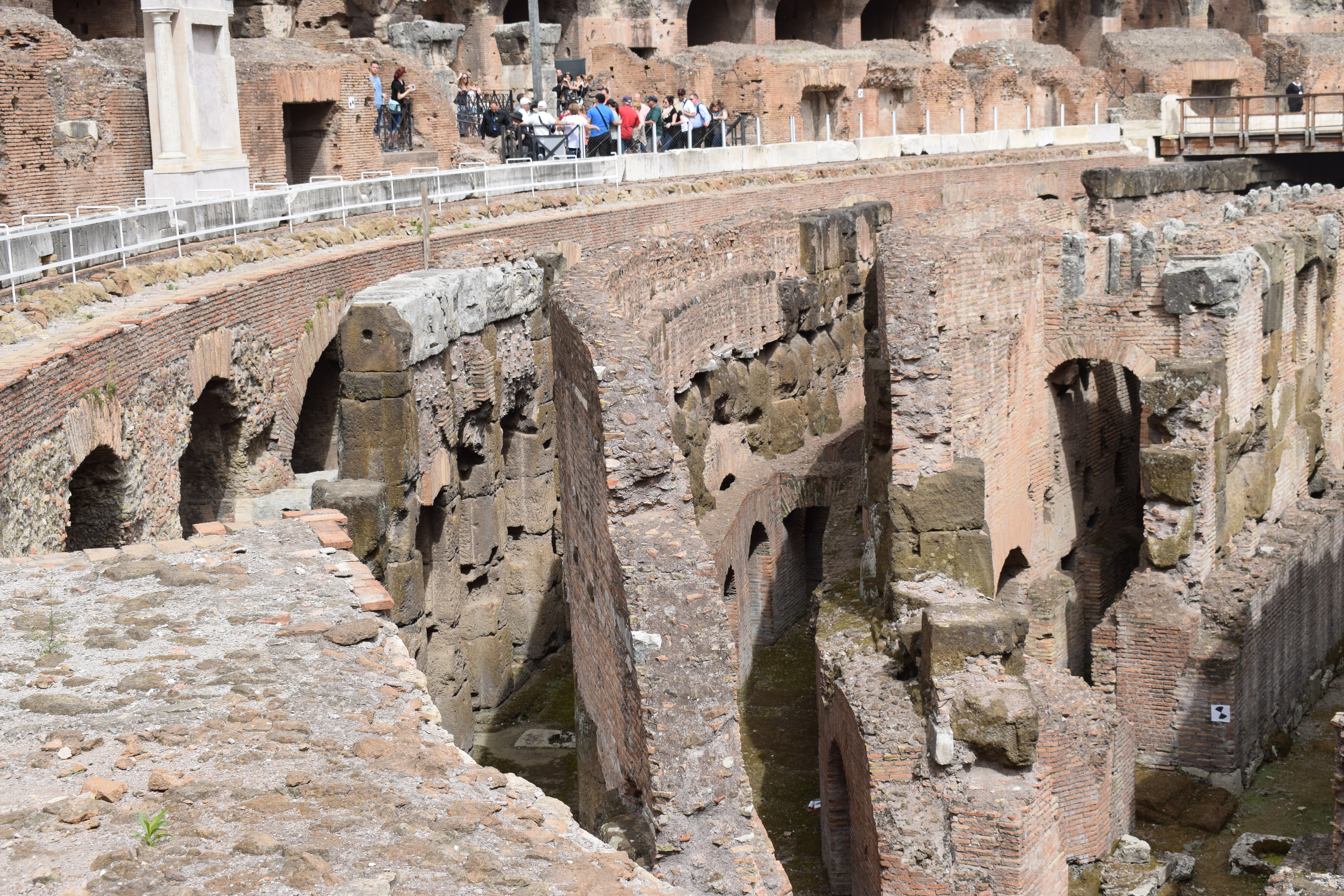
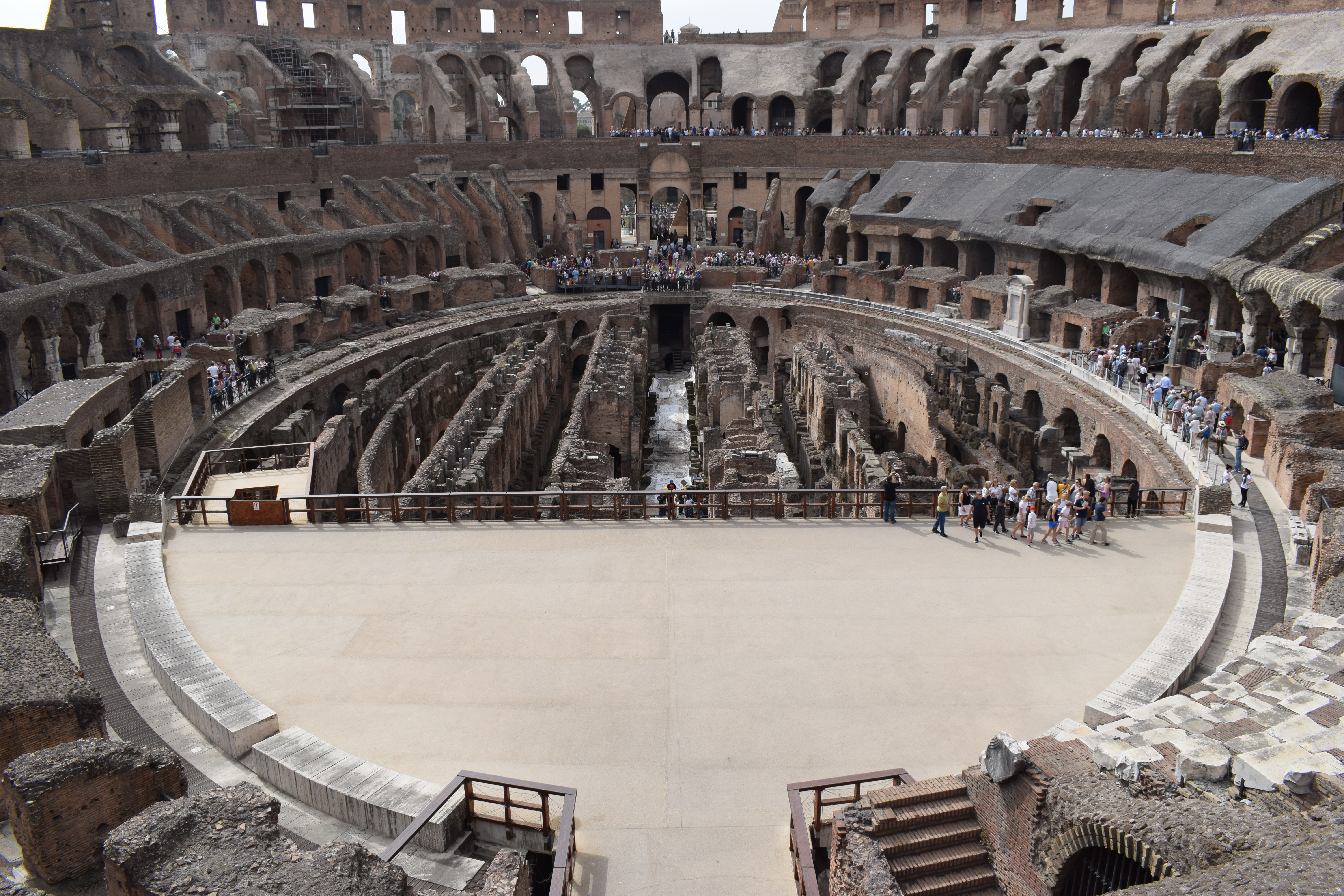
The hypogeum as visible today, and a modern section of flooring to show where the base of the arena would have been. Photography my own.
Events held at the Colosseum were put on by private individuals, rather than the state, and so served to emphasise power and family prestige, often with a strong religious element. Animals were imported from Africa and the Middle East for battle hunts which had elaborate sets with movable trees and buildings to heighten entertainment. These hunts could be huge, and Trajan is said to have celebrated his victories in Dacia in 107 AD with contests involving 11,000 animals and 10,000 gladiators over the course of 123 days. During intervals, animals would be sent into the arena to kill naked, unarmed criminals who had been sentenced to death, tearing them to pieces. More palatable interval entertainment for modern audiences included acrobatics and magicians.
In 217 AD, the Colosseum was badly damaged by a major fire, which destroyed the wooden upper levels of the interior. It wasn’t fully repaired until about 240, and had a series of further repairs up until 320 AD. The last recorded Gladiatorial fights occurred around 435 AD, but records of further repairs to the Colosseum occurred in 484 and 508. Animal hunts continued far longer than the gladiatorial combat, lasting at least until 523.

Pollice Verso (Thumbs Down) by Jean-Léon Gérôme, 1872. Here you can see the emperor in his box, and the women in white are the Vestal Virgins, both groups with the best seats in the house. The legend of a “thumbs down” to signal death is almost certainly untrue.
At the onset of the medieval period, the useage of the Colosseum began to change. By the late sixth century a small chapel had been built inside, and the arena was converted into a cemetery. The vaulted spaces under the seating were converted into housing and workshops, and were still being rented out as late as the twelfth century. Around 1200, the Frangipani family took over the Colosseum and fortified it, apparently using it as a castle. The great earthquake in 1349 caused significant damage to the Colosseum, causing the outer south side to collapse, and, rather than being rebuilt, the fallen stone was reused to build other structures elsewhere in Rome. A religious order moved into the north of the Colosseum in the mid-fourteenth century, and was still there in the early nineteenth century. Stone was stripped from the interior for use elsewhere, and the bronze clamps were pried out of the walls, leaving pockmarks which can be seen today.

Enjoying this blog post? Buy me a hot chocolate!
Consider donating the cost of a hot chocolate to me, so I can continue to write and run Just History Posts.
£3.50
This steady decline of such a significant building in the heart of Rome meant it did not escape attention of officials. Pope Sixtus V (1585–1590) planned to turn the building into a wool factory to provide employment for Rome’s prostitutes, but his premature death stopped this from happening. Then, in 1671 Cardinal Altieri authorized its use for bullfights, but a public outcry caused the idea to be quickly abandoned. Finally, in 1749, Pope Benedict XIV consecrated the building under the premise that the Colosseum was a sacred site where early Christians had been martyred. This seems to be a later, fabricated myth, as there is no contemporary evidence that this happened, or that anyone before the sixteenth century believed that to be the case. After the building’s consecration, later popes led various projects to stabilise and restore the Colosseum, removing overgrown vegetation and reinforcing the outside, as well as repairing the interior.
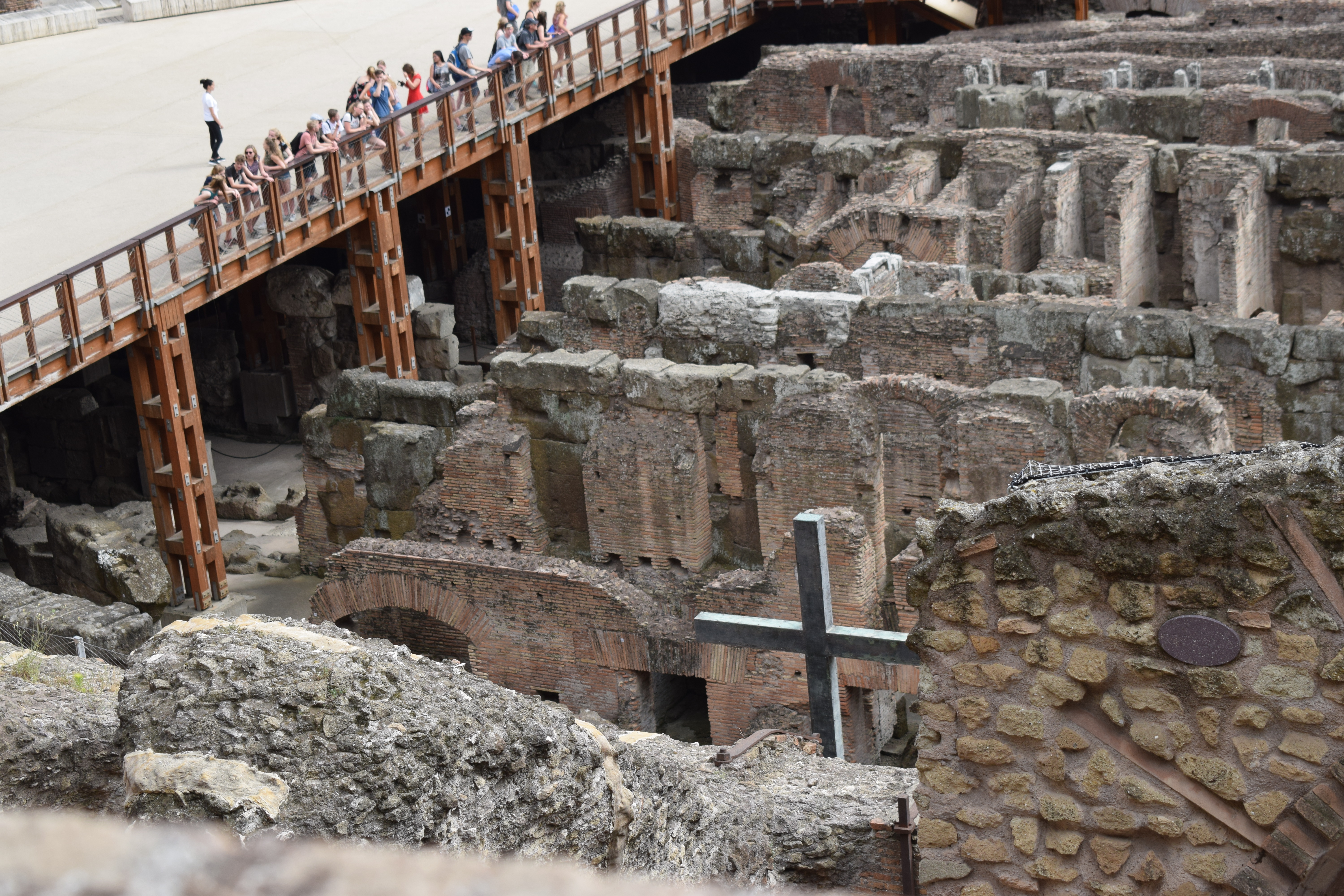
The Colosseum has still been used for Roman Catholic ceremonies in the 20th and 21st centuries, with Pope Benedict XVI and Pope Francis both leading the Stations of the Cross to the Colosseum on Good Fridays. Photography my own.
So, whilst the Colosseum is largely remembered today for the gladiator fights so familiar to us in film and popular media, across its 2000 year history the Colosseum has been used for a huge variety purposes. From naval warfare, a castle, shops and houses, quarry, revered holy site, and a backdrop for modern-day music concerts, the Colosseum has done it all. A remarkable feat of engineering, particularly for its time, it still inspires awe in visitors today, and that is why it has made my list of Ancient Wonders.
Previous Blog Post: Feeble or Fierce? Colonial Women of North America
Previous in Ancient Wonders: The Hanging Gardens of Babylon
List of Blog Posts: here Blog Homepage: here
Buy my books via the pictures below! Or why not check out our shop?
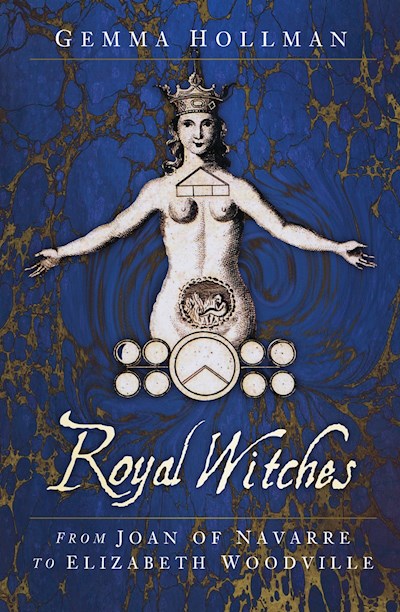
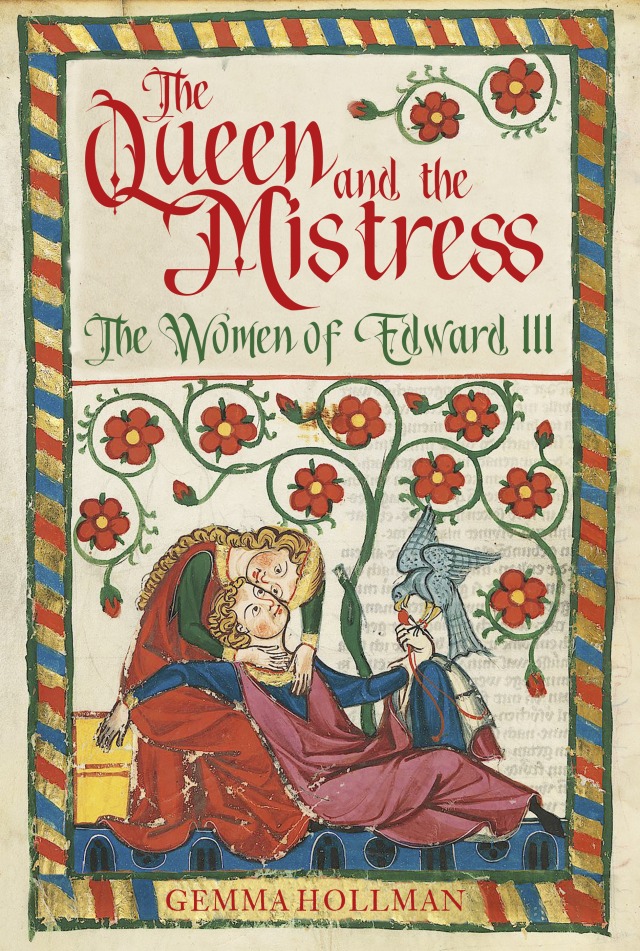
Follow us:
All photographs used here are my own.
If you want to learn more about the Colosseum, there are plenty of online resources from history and tourist sites alike, and if you ever find yourself in Rome then there are many excellent guided tours of the Colosseum for an extra charge that can impart lots of information!





12 responses to “Ancient Wonders: The Colosseum”
Really enjoyed reading this!! Never realised just how big it was until seeing it for myself!
LikeLike
Yes me too! I mean it looks big on the outside when you see pictures, but you don’t imagine the inside to be quite as big, its very impressive once you’re inside and you can hardly imagine what it must have been like full in its hey-day!
LikeLiked by 1 person
Nicely done!!
Best regards from Florida.
LikeLike
Thank you! It was amazing to be able to visit!
LikeLike
[…] Source: Ancient Wonders: The Colosseum […]
LikeLike
Thank you for this interesting article. I hadn’t realised the many uses to which the Colosseum had been put over time.
LikeLike
No I hadn’t until I looked into it! I hadn’t ever really considered what happened to it between the Romans and now, so it was interesting to see the variety of things it was used for
LikeLiked by 1 person
I hadn’t thought about it either so that you for doing the homework for me 🙂
LikeLiked by 1 person
[…] Previous Blog Post: Ancient Wonders: The Colosseum […]
LikeLike
Reblogged this on Lenora's Culture Center and Foray into History.
LikeLike
[…] Previous in Ancient Wonders: The Colosseum […]
LikeLike
[…] far in the Ancient Wonders series we have looked at The Hanging Gardens of Babylon, The Colosseum, Stonehenge and the Great Wall of China. We now return to the original list of the Seven Wonders of […]
LikeLike